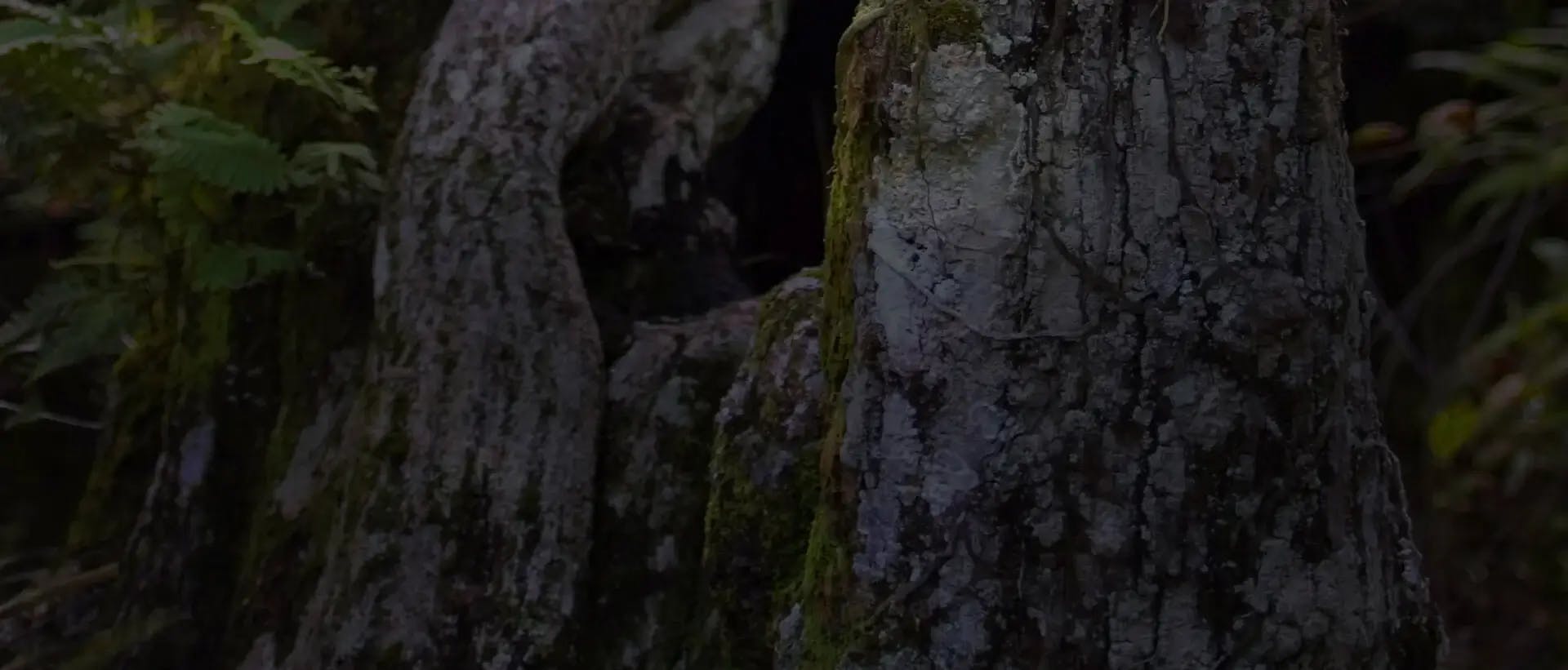


Discussion
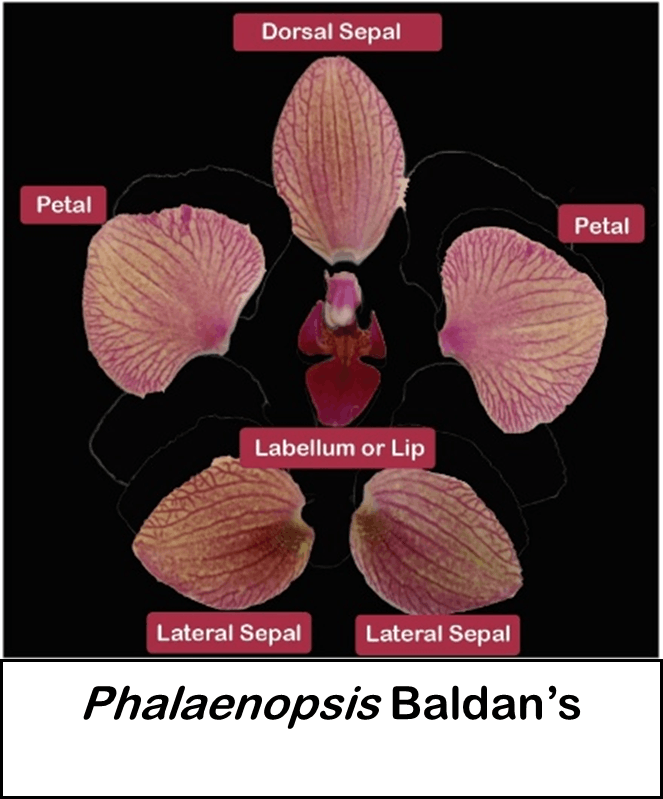
What is an orchid? In botanical terms, an orchid is a perennial herb, which means it is a plant that will grow for more than one year and has no woody structures. We don’t think of orchids as perennials because the tropical and sub-tropical orchids we raise indoors grow and bloom year-round. But hardy orchids which grow outdoors in temperate and colder climates go dormant during the winter months like any other perennial plant. Orchids have three sepals and three petals with one of the petals modified into a labellum or lip. They also have both the male and female reproductive parts on a single structure called a column.

Like all plants, orchids are autotrophs which means they can produce their own food. Orchids use the process of photosynthesis to accomplish this. While water and air are needed for this process to occur, the driving force for the reaction is the catalyst which is sunlight. It is extremely important that you give your orchid the correct amount of light. Too little light and the plant won’t produce enough carbohydrates (glucose) for both plant maintenance and blooming. In this case, your orchid may grow, but it won’t bloom. Too much sunlight and you can scorch the orchid because excess radiant energy is dissipated as heat. When you buy a new orchid, the first thing you want to do is look up how much light it needs, as light requirements can vary significantly between the various genera.
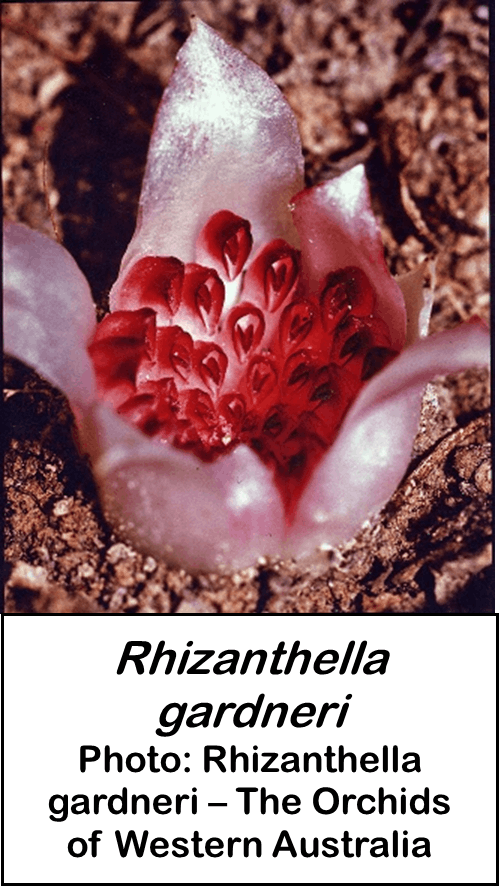
Orchidaceae is a unique family of flowering plants in that it has members that grow in the air, in the ground, and under the ground. Most orchids are epiphytic, grow on a tree, or lithophytic, grow on a rock. Remember we talked about the event roughly 35 million years ago where orchids moved into growing in the canopy? The lack of competition in their new location gave these orchid genera free reign to propagate and diversify. The second largest group of orchids are the terrestrial and semiterrestrial. For the most part, this group of orchids kept their roots firmly anchored in the ground. An example of a terrestrial orchid is the hardy orchid Cypripedium acaule that we mentioned in Lesson 1. An example of a semi-terrestrial are some species in the genus Cymbidium. In nature, a semiterrestrial grows in a very loose mixture of leaf litter on the forest floor. Finally, we come to the oddity of the underground orchids. Rhizanthella gardneri, or the Western Australian Underground Orchid, is a mass of roots, no leaves, that grows underground usually near Ficus bushes. The fungi and bacteria living on the Ficus bush roots do all the work for the orchid by breaking down the inorganic and organic matter in the soil into chemicals and nutrients the orchid roots can absorb.
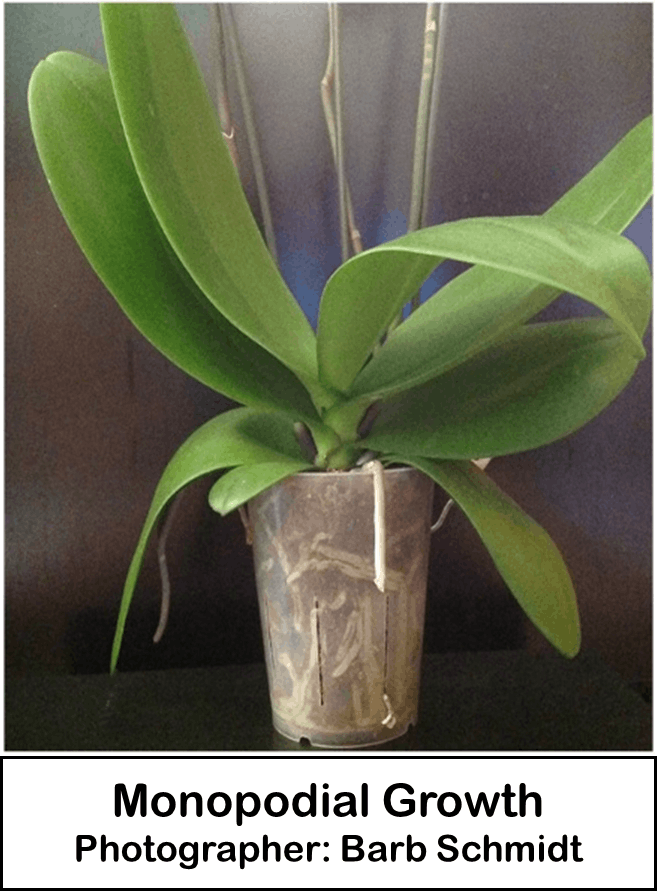
The last topic we’ll cover in this lesson is the two main types of growth habit orchids can have. Monopodial orchids have a single stem. The orchid grows upwards from the center. New leaves, roots, and inflorescences all grow from this single stem. Common orchids with this type of growth habit are Phalaenopsis, Vanda, and Vandachostylis. Monopodial orchid store water and nutrients in their leaves and the velamen coating around their roots. Velamen is a sponge-like substance around all epiphytic orchid roots.
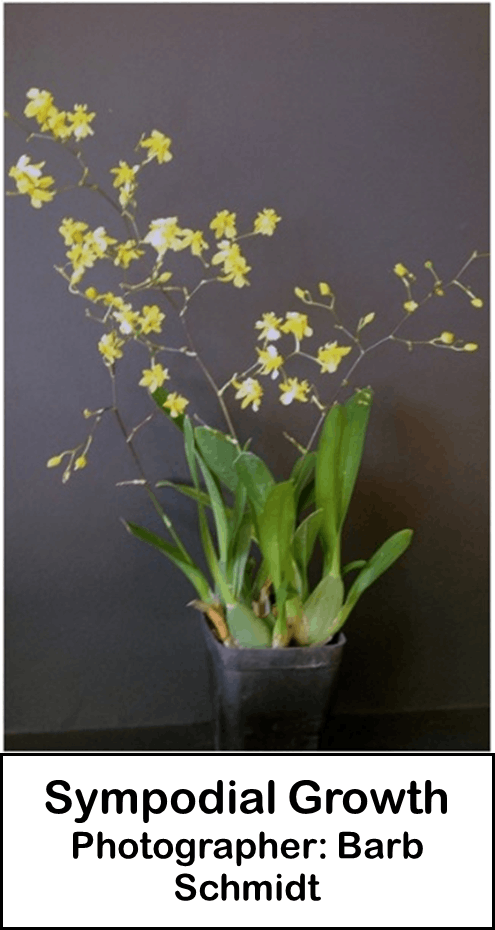
The second type of growth habit is sympodial which is where the orchid grows outwards. Each year, new shoots appear from a rhizome which is located at or under the surface of the medium. Some sympodial orchids, like the Oncidium pictured here, grow outwards in all directions. Certain Cattleya orchids, however, grow linearly in a single line, with a new growth appearing each year at one end and the oldest growth on the opposite end. Most sympodial orchids store their water and nutrients in their leaves, roots, and storage structures called pseudobulbs. Some pseudobulbs are very obvious, such as the ones on the Oncidium. Other genera have pseudobulbs that are not so obvious; and some sympodial orchids, such as Paphiopedilum, have no pseudobulbs at all. The one advantage of some sympodial orchids is that if the plant is large enough, with a minimum of 8 to 10 growths, it can be divided into two plants.
Fun Fact
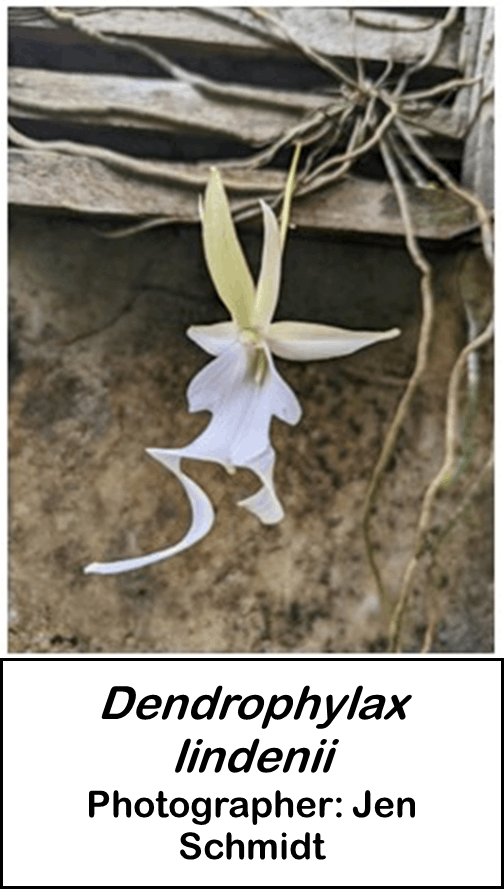
Another famous orchid that has no leaves is Dendrophylax lindenii or the ghost orchid. This orchid has a mass of roots with chlorophyll in them. Its native environmental in the United States is attached to the trunks of trees in the Florida Everglades. Up until recently, very few people were able to get a close-up view of these amazing orchids. The ghost orchid is endangered in the wild, however, the Fairchild Tropical Botanic Garden in Miami, Florida, was given permission to collect its seeds. They managed to bring two orchids to maturity that are now in their tropical greenhouse. The photo here was taken at the Fairchild. So, if you are ever in south Florida between June and July, check out the ghost orchids.
Website Tip
Grab some popcorn, relax in your favorite chair, and head to the “Webinar” section of the AOS website. This can be reached in two different ways. The easiest is to click on your account icon in the upper right corner of the home page and scroll down to “Member-Only Webinars”. You can also go to the “All About Orchids” tab and click on “Orchid Webinars” in the bottom of the right column. Both links will take you to the webinar main page.
The AOS offers webinars, such as the Greenhouse Chats, which are open to anyone coming to the website. Greenhouse Chats are hosted by Dr. Ron McHatton and occur nine months out of the year. Generally, these can be watched live during the first week of each month. Anyone can submit a question and orchid pictures of your orchid to Ron at greenhousechat@aos.org. One of the great things about these webinars is that they are reviewed by a volunteer and indexed with the topics covered. The indexing can be found by clicking on the “Learn More” tab. The indexed topics will also come up in a site search.
Members-only webinars are also offered live, usually the second week of the month for 10 months out of the year. These webinars are on varying orchid topics and are presented by a variety of Orchidists. Click the “Register Now” button to register to see these webinars presented live. A GoToWebinar link will be sent back.
Once presented live, both types of webinars will be posted on the website for future viewing. To find past webinars, scroll to the bottom of the Webinar Main Page where several are shown, or click the “see our full index in list form here” link at the top of the page. This will bring you to a list that can be sorted by any of the column headings.
Resources
1. “Orchids for Everyone: The Most Popular Orchid Genera and How to Identify Them – Module 2 of the Master Gardener Series” webinar – July 28, 2024 - Janeil Payne and David Vandenbroek
2. “Phalaenopsis: From Soup to Nuts with David Edgley” – February 7, 2024 – David Edgley
3. “Ghost Orchid in Florida and Cuba” – December 16, 2020 - Larry Zettler

FREE ACCESS: Orchid DealWire
Get notified when orchid vendors have special promotions and exclusive savings.
